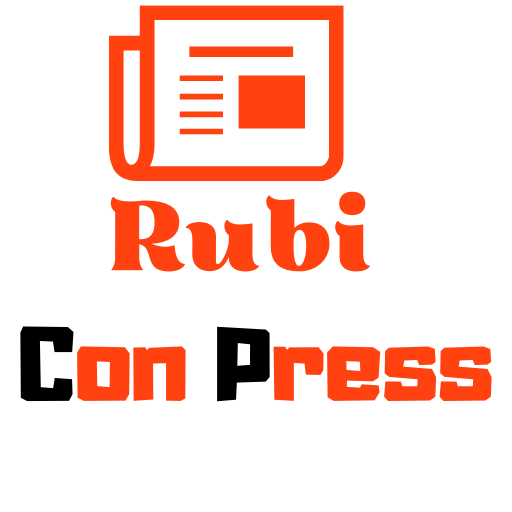Introduction
The field of Artificial Intelligence has seen significant advancements in recent years, with breakthroughs in natural language processing leading to powerful tools like the Generative Pre-trained Transformer (GPT) models. The latest addition to this family, GPT-4, boasts impressive capabilities that are revolutionizing how we interact with technology. In this article, we will delve into the capabilities of GPT-4 and explore how it is pushing the boundaries of what AI can achieve.
Understanding GPT-4
GPT-4 builds upon the foundation laid by its predecessors, leveraging state-of-the-art techniques in deep learning and natural language processing. Developed by OpenAI, GPT-4 is a cutting-edge language model that excels in tasks such as text generation, language translation, and question-answering. With a massive neural network and trillions of parameters, GPT-4 has a deep understanding of context and nuance, allowing it to generate human-like text and responses.
Capabilities of GPT-4
1. Natural Language Generation: GPT-4 can generate coherent and contextually relevant text on a wide range of topics. Whether it’s writing essays, composing emails, or crafting stories, GPT-4 can mimic human writing style with remarkable accuracy.
-
Language Translation: GPT-4 can translate text between languages with impressive fluency. Its ability to grasp the nuances of different languages makes it a valuable tool for breaking down language barriers and facilitating communication.
-
Question-Answering: GPT-4’s question-answering capabilities are truly impressive. It can provide accurate and detailed answers to a wide array of questions, making it invaluable for research, information retrieval, and even educational purposes.
-
Content Creation: GPT-4 can assist content creators by generating ideas, outlines, and even full drafts for articles, blogs, and marketing materials. It can streamline the content creation process and inspire new creativity.
-
Personal Assistants: GPT-4 can be integrated into personal assistant applications to provide users with personalized responses, reminders, and recommendations. Its ability to understand context makes interactions more natural and effective.
Applications of GPT-4
1. Customer Service: GPT-4 can enhance customer service experiences by providing instant responses to queries and resolving issues efficiently. Its ability to understand natural language makes interactions more intuitive for users.
-
Educational Tools: GPT-4 can be used to create intelligent educational tools that help students with homework, research, and concept understanding. It can provide explanations, summaries, and additional resources to aid in learning.
-
Content Curation: GPT-4 can assist in content curation by analyzing trends, generating ideas for articles, and even suggesting personalized recommendations for users. This can help content creators stay relevant and engaging.
-
Medical Diagnosis: GPT-4’s question-answering capabilities can be leveraged in the field of medicine to assist healthcare professionals in diagnosing illnesses, understanding symptoms, and researching treatments.
-
Language Learning: GPT-4 can serve as a virtual language tutor, providing real-time feedback on pronunciation, grammar, and vocabulary usage. Its interactive nature makes language learning engaging and effective.
Future Prospects
The advancements in GPT-4 are paving the way for even more sophisticated AI models in the future. As researchers continue to refine deep learning techniques and explore new applications for artificial intelligence, we can expect to see further improvements in natural language processing and other AI-driven technologies.
Frequently Asked Questions (FAQs)
-
What sets GPT-4 apart from previous GPT models?
GPT-4 boasts a larger neural network with trillions of parameters, allowing it to understand context and nuance in text more effectively than its predecessors. -
Can GPT-4 be used for personal projects and research?
Yes, GPT-4 can be utilized for personal projects, research, content creation, and various other applications that require advanced natural language processing capabilities. -
How does GPT-4 handle multiple languages in translation tasks?
GPT-4 excels at language translation by analyzing the context of the text and identifying linguistic patterns to produce accurate and fluent translations. -
Is GPT-4 capable of generating code and technical documentation?
Yes, GPT-4 can generate code snippets, technical documentation, and other computer programming-related content with a high level of precision and detail. -
How can businesses leverage GPT-4 to improve customer interactions?
Businesses can integrate GPT-4 into customer service platforms to provide instant responses, personalized recommendations, and efficient issue resolution, enhancing the overall customer experience. -
Is GPT-4 capable of learning and adapting to new domains and contexts?
GPT-4 has the ability to adapt to new domains and contexts by fine-tuning its parameters on specific datasets, allowing it to tailor its responses and predictions accordingly. -
Can GPT-4 be integrated into existing AI applications and systems?
Yes, GPT-4’s architecture is designed to be easily integrated into existing AI applications and systems, making it a versatile tool for enhancing functionality and performance. -
How does GPT-4 ensure data privacy and security in its operations?
GPT-4 employs advanced encryption techniques and privacy measures to protect user data and ensure secure communications during interactions. -
What are the ethical considerations associated with using GPT-4 in AI applications?
Ethical considerations include ensuring transparency in AI decision-making processes, avoiding bias in model training data, and upholding data privacy regulations to protect user rights. -
What are some potential challenges and limitations of using GPT-4 in real-world applications?
Challenges include overreliance on AI for critical decision-making, potential biases in generated content, and the need for continuous monitoring and evaluation to ensure accurate and ethical usage of the technology.
